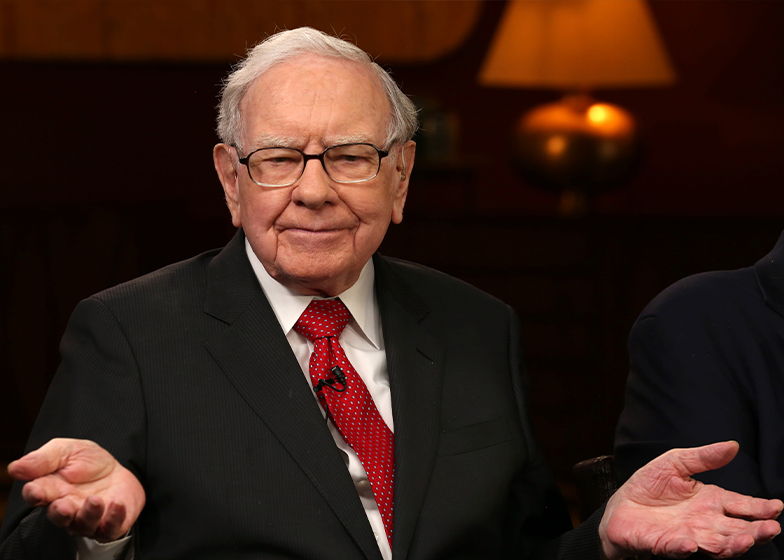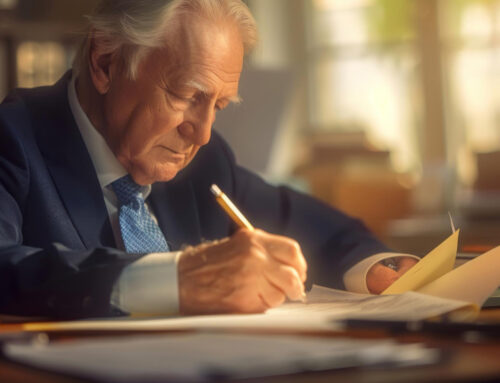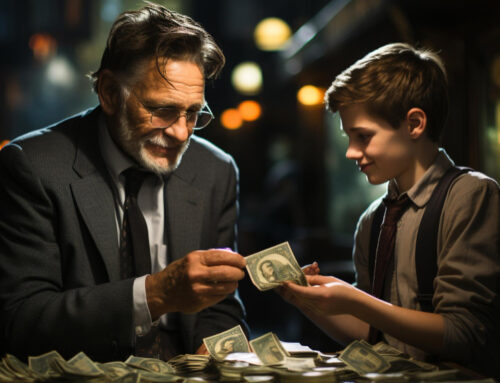It’s hard to think of a more all-American investor than Warren Buffett. His company, Berkshire-Hathaway, is located not on one of the coasts but in Omaha, Nebraska. The firm’s wholly-owned subsidiaries include such heartland favorites as Kraft Heinz, Dairy Queen, and See’s Candies.
But more importantly, Buffett has embodied the American ideal of the modest winner. He doesn’t need to toot his own horn when his results speak for themselves. Since 1965, Berkshire has enjoyed an annual average return of roughly 20%, nearly double that of the S&P 500 over the same period.
Many people have sought to discover Buffett’s “secret” for earning these kinds of returns, as if he had some sort of magic lamp or crystal ball. He certainly employs thousands of people using a variety of proprietary strategies to best allocate his investors’ money. He’s also well-known for seeking out “value-priced” companies where shares can be bought near or even below their balance sheet book value. But as for his big-picture insights, he shares these openly, often in his annual letters to his shareholders.
Not long ago, he revealed a principle that has guided his investing for nearly 80 years. It’s his belief in what he calls “The American Tailwind.”
Since he began investing in the 1940s, Buffett has seen many dire challenges to economic growth. Yet each time, our system has figured out a way to either solve these problems or work around them, rewarding optimists with healthy returns.
“Our country’s almost unbelievable prosperity has been gained in a bipartisan manner,” writes Buffett. “Since 1942 we have had seven Republican presidents and seven Democrats.” Those eight decades have seen plenty of economic trouble: runaway inflation, double-digit interest rates, collapsing bubbles in major sectors, soaring deficits, and more. All were crises that leading experts predicted would collapse the system.
Yet long-term investors over that span have been generously rewarded.
The year 1942 is significant for Buffett. WWII was not going well, with the Allies being driven back on several different fronts. Morale at home was low. Economists were pessimistic. Yet this is the year when 11-year-old Warren invested everything he had ($114.75) in U.S. stocks.
Buffett points out that if he had followed the advice of the doomsayers at the time, he would have instead invested in 3.5 ounces of gold.
“And what would that supposed protection delivered?” he writes. “You would now have an asset worth about $4,200 . . .”
On the other hand, he notes, if he had invested his $114.75 in a no-fee index fund that tracked the S&P 500, it would have grown to $606,811.
Buffett’s faith in The American Tailwind isn’t a naïve belief that significant downturns and corrections will never happen. Rather, it’s the long perspective that hard times don’t last forever and even the most difficult moments in history become history.




